High temperature negatively affects the human body because causes the heart to work overload. Heat is especially dangerous for people who are elderly and/or have problems with cardiovascular disease.
Critical point of risk of illness and death from unbearable heat outdoors a few degrees lower, than experts thought, say the researchers, who put people in hot boxes to see what would happen to them. As much of the United States, Mexico, India and the Middle East suffer from ongoing heat waves exacerbated by man-made climate change, several doctors and other experts explained to The Associated Press what happens to the human body in such heat.

Basal body temperature
Basal body temperature is usually around 37 degrees Celsius. That's just 4 degrees Celsius away from a heatstroke disaster, says Ollie JayProfessor of Heat and Health at the University of Sydney in Australia, where he directs the Thermoergonomics Laboratory.
Dr. Neil Gandhi, director of the emergency department at a Houston hospital, says that during heat waves, anyone admitted with a temperature of 39 or above, and without an obvious source of infection, is tested for heat exhaustion or more serious heat stroke. “Usually during a heat wave the temperature exceeds 40 degrees,” said Gandhi. “Another one to three degrees, and such a patient is at high risk of death.”
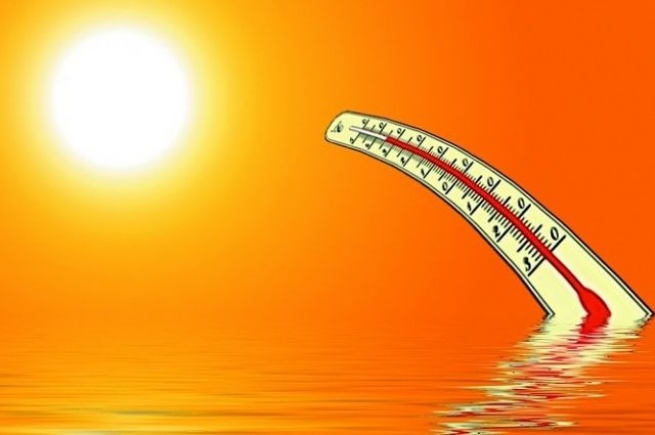
How the heat kills
According to Jay, Heat kills in three main ways. Usually the first suspect is heatstroke – a critical increase in body temperature that leads to organ failure. When the body's core temperature gets too high, the body redirects blood flow to the skin to cool itself, Jay says. But this diverts blood and oxygen from the stomach and intestines, and can allow toxins normally found in the intestinal area to leak into the bloodstream. “This leads to a whole cascade of consequences,– Jay says. – Thrombosis throughout the body, multiple organ failure and ultimately death.”
But the biggest killer in the heat is the strain on the heart, especially for people with cardiovascular disease, he says. Again, it all starts with blood flowing to the skin to help dissipate heat. This leads to a drop in blood pressure. The heart reacts to this by trying to pump more blood to avoid passing out.
“You are asking the heart to do much more work than it should normally do.”, says Jay. “For a person with heart disease, it’s like running after a bus with deformed tendons.” Something is bound to break.”
The third main way is dangerous dehydration. When people sweat, they lose fluid to such an extent that it can put serious strain on the kidneys, Jay says.
Many people may not realize the danger they are exposed to, says Gandhi, who lives in Houston. Dehydration can progress to shock, in which organs shut down due to lack of blood, oxygen and nutrients, leading to seizures and death, said Dr. Renee Sallas, a professor of public health at Harvard University and an emergency room physician at Massachusetts General Hospital. “Dehydration can be very dangerous and even fatal for anyone if the condition gets worse, but it is especially dangerous for those who have medical conditions and are taking certain medications.” he says. According to Jay, dehydration also reduces blood flow and increases heart problems.
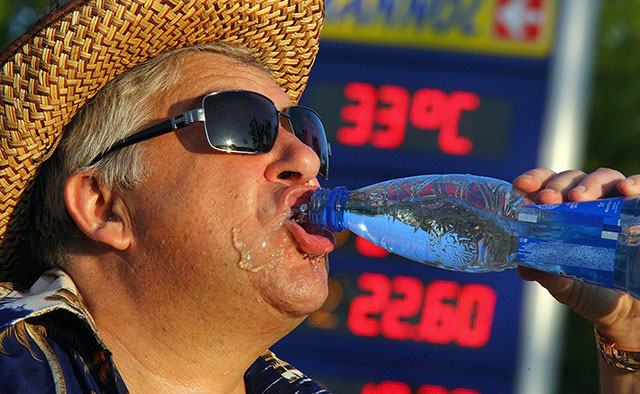
Attack on the brain
Heat also affects the brain. It can cause confusion or trouble thinking in a person, several doctors say. “One of the first signs that you have a heat problem is confusion,” says University of Washington public health and climate science professor Chris Eby. According to him, this symptom is not very helpful because the person suffering from the heat is unlikely to be aware of it. And this becomes an increasingly serious problem as people get older. One of the classic definitions of heatstroke is a body temperature of 40 degrees “in combination with cognitive dysfunction,” says Pennsylvania State University physiology professor W. Larry Kenny.
Humidity matters
Some scientists use a sophisticated method to measure outside air temperature that takes into account humidity, solar radiation and wind. In the past, it was thought that a temperature of 35C was the point at which the body started to have problems, says Kenny. His tests showed that the wet bulb danger point was closer to 30.5°C. That number is starting to appear in the Middle East, he said. And this is only for young healthy people. For older people, the danger is wet-bulb temperature in degrees Celsius, he says.
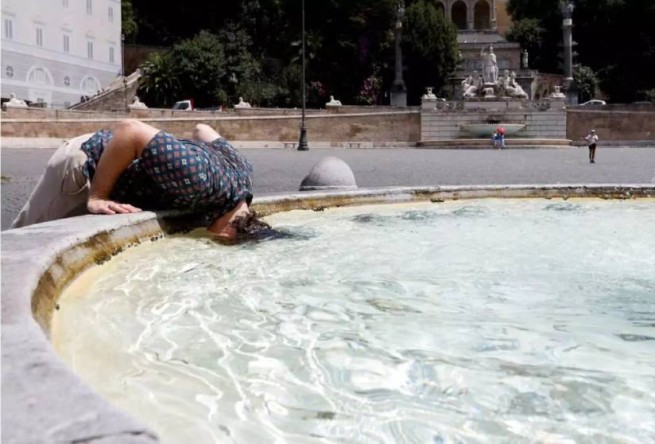
“Wet heat waves kill far more people than dry ones.” Kenny said. When HE tested young and old people in conditions dry heatyoung volunteers could function at temperatures up to 52°Сwhile elderly people had to stop at 43°C. According to him, with high or moderate humidity, people could not function at such high temperatures. “Humidity affects the ability of sweat to evaporate.” Jay said.
How to cool patients
Heatstroke This is an emergency, and medical workers try to cool the victim within 30 minutes, Salas says. The best way is Immersion in cold water. Essentially, “you throw them in a bucket of water,” she said.
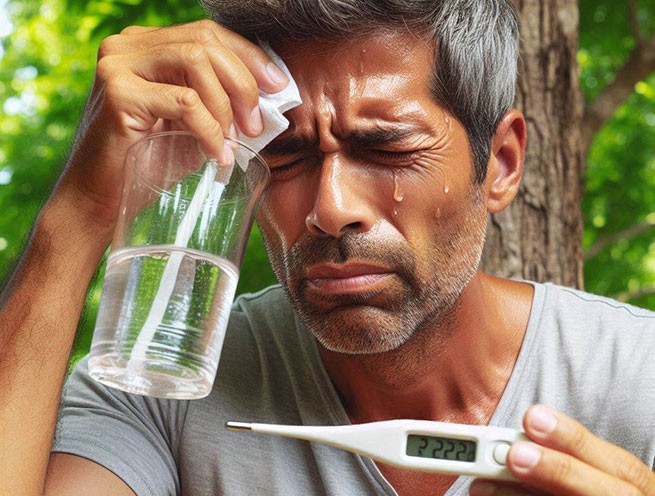
In emergency departments, patients are given cold fluids intravenously, nebulized by nebulizers, ice packs placed in their armpits, and placed on a cold mattress with cold water running over it. Sometimes these measures don't help. We call it the “silent killer” because it's not such a dramatic event – Jay says. – He's cunning. He's secretive.”
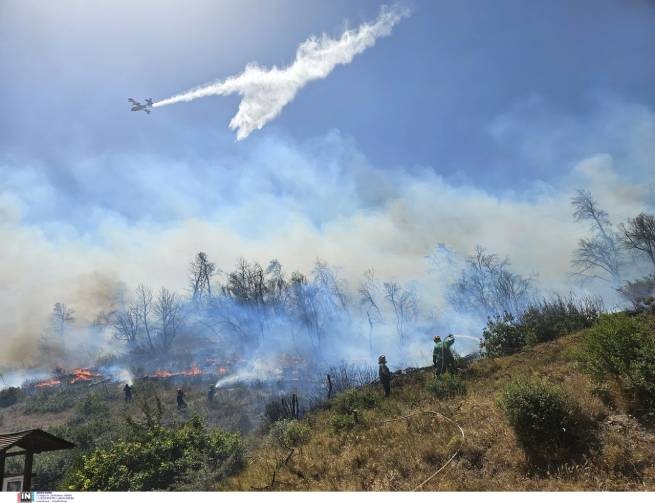


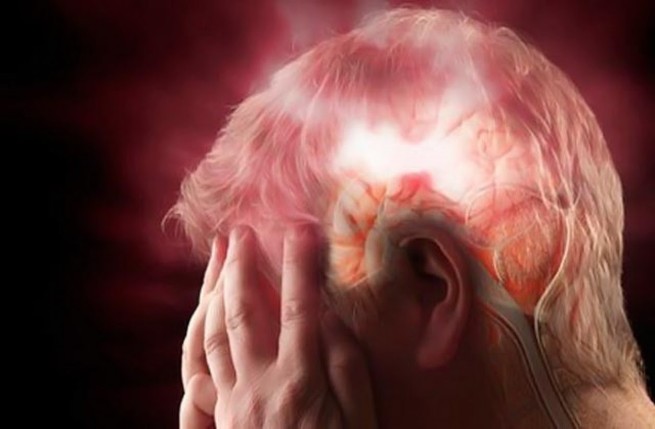

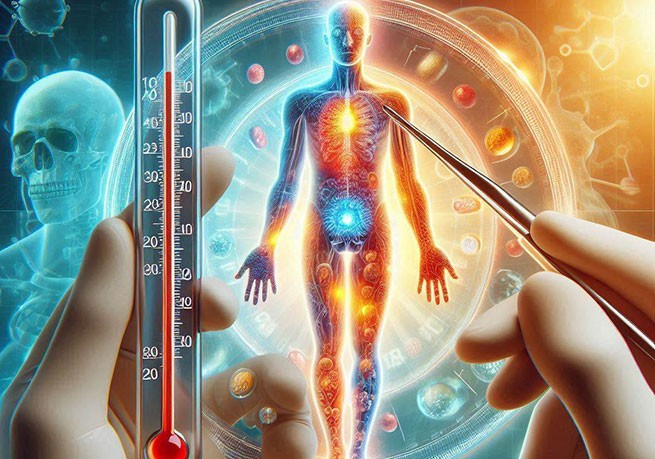

More Stories
Caution: Medicines That Increase the Risk of Sunburn
Diabetes: How much does risk increase for those who sleep in bright light at night?
Red Eyes: Learn about the 15 Most Common Causes